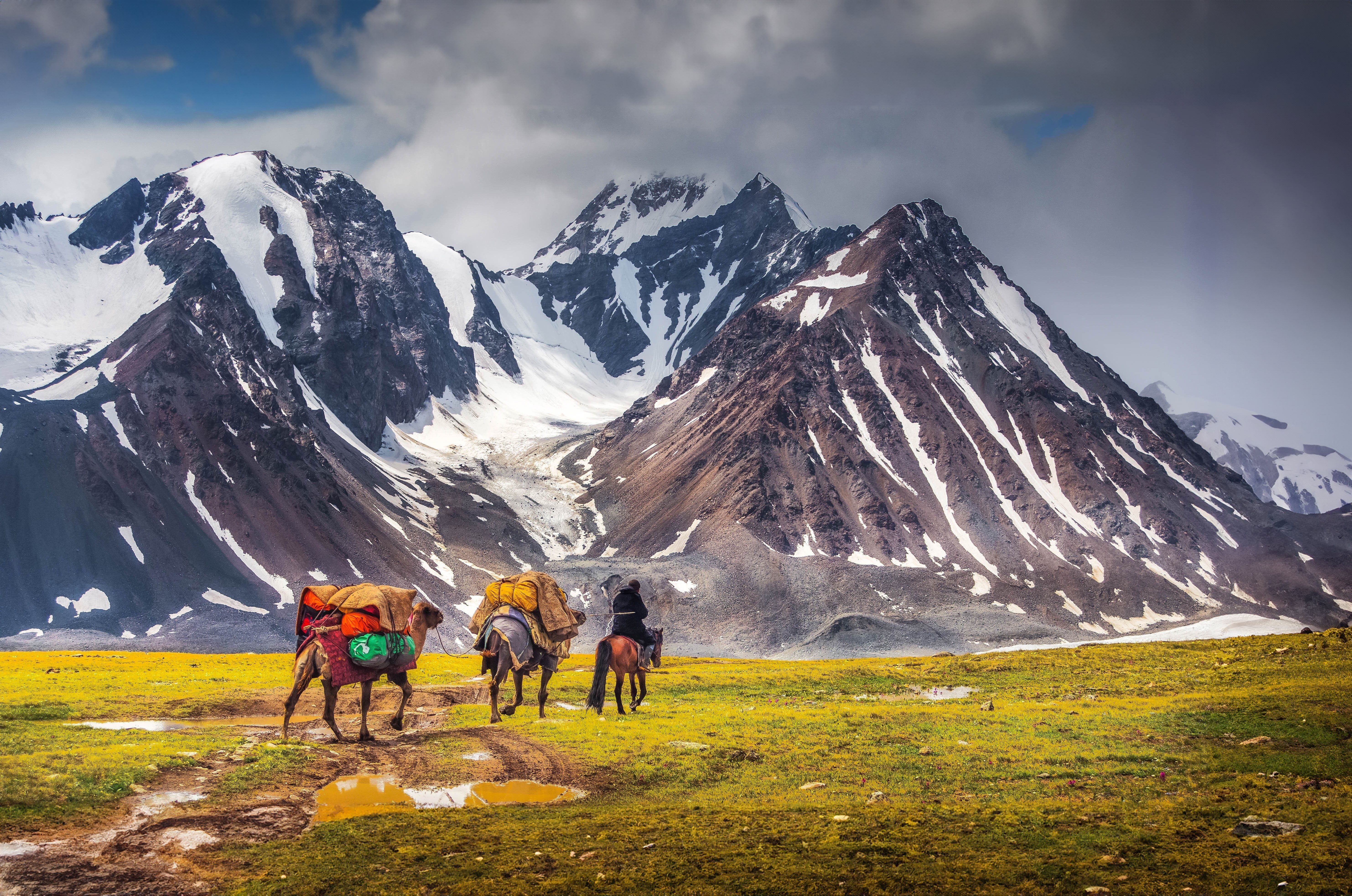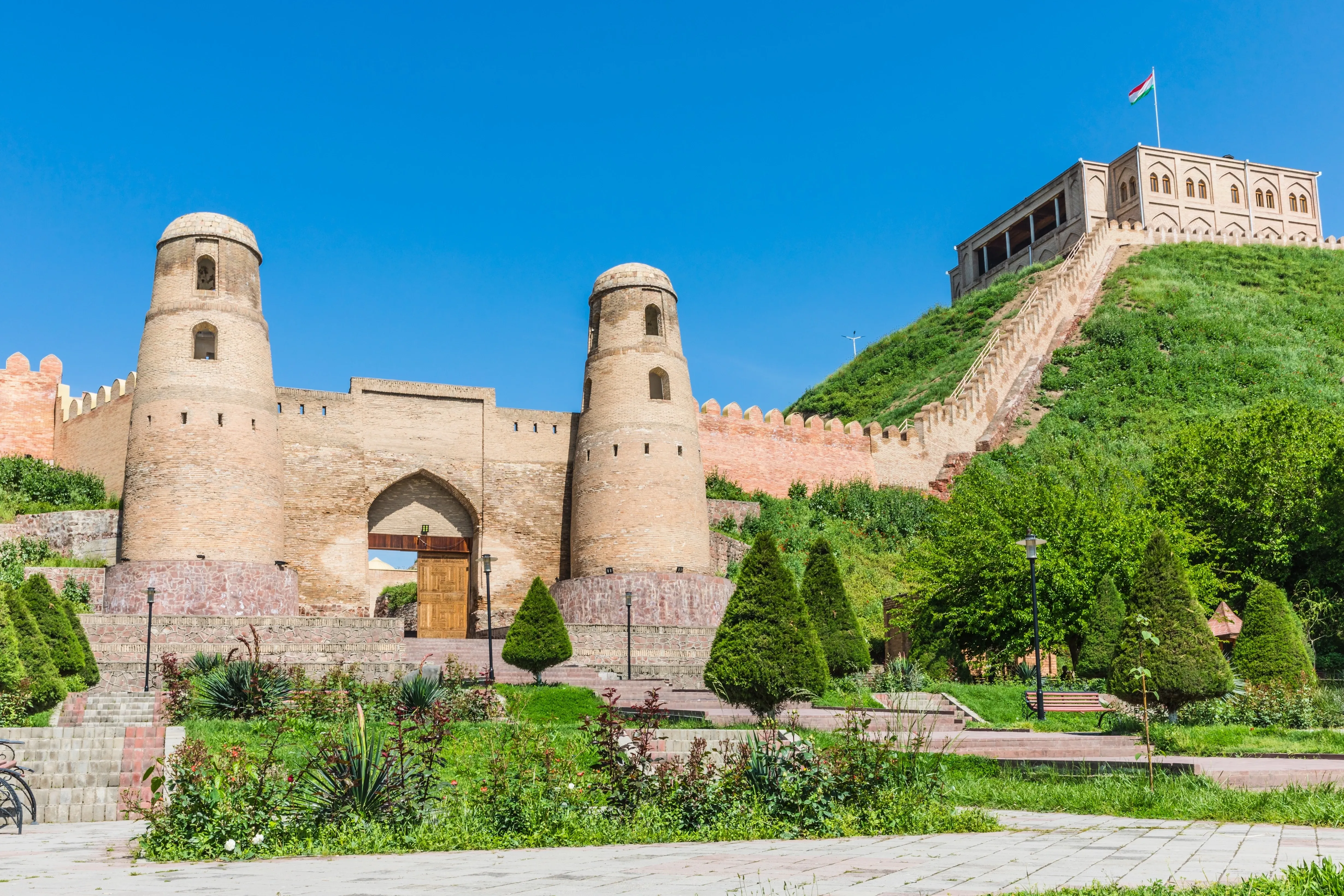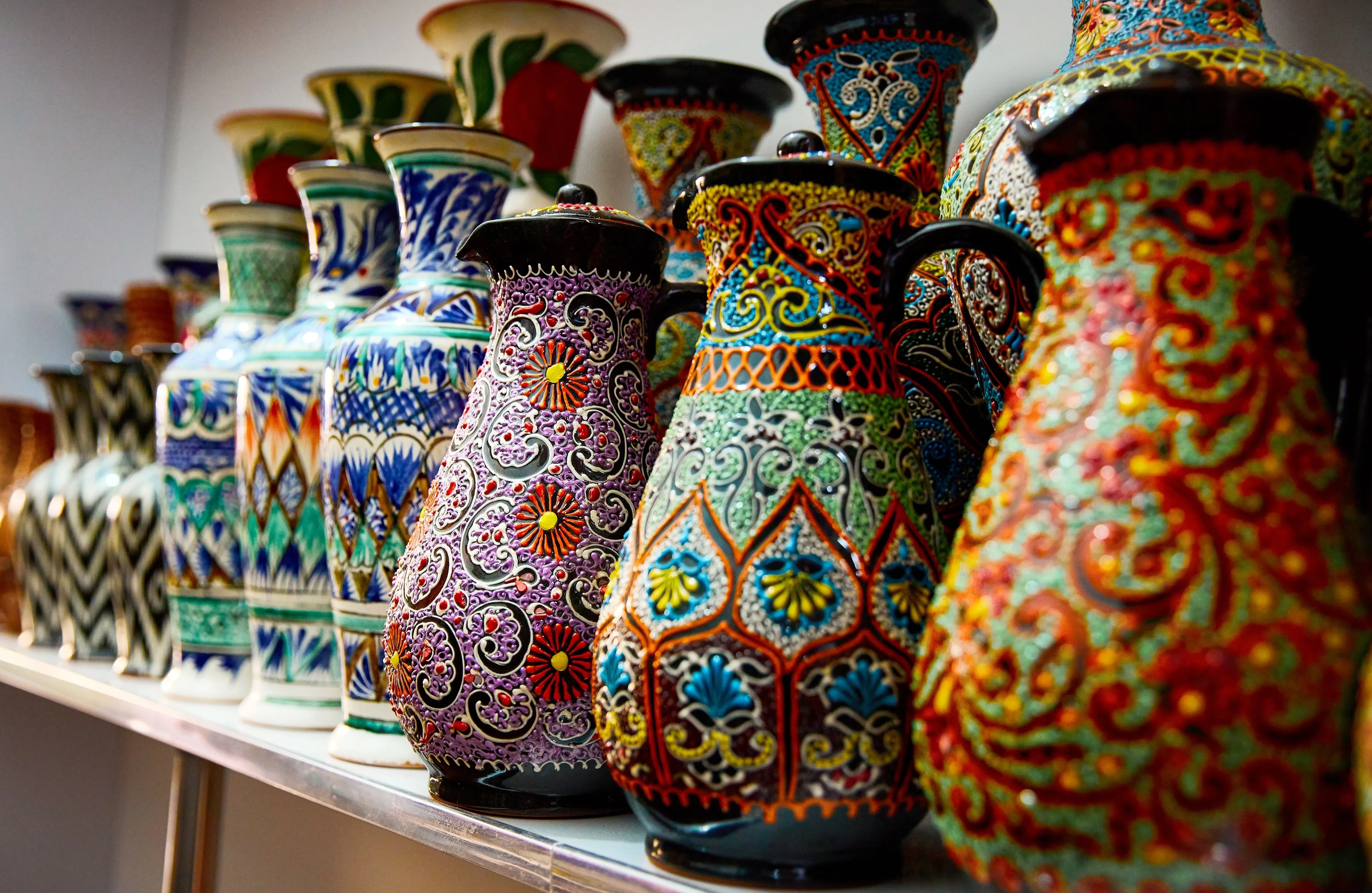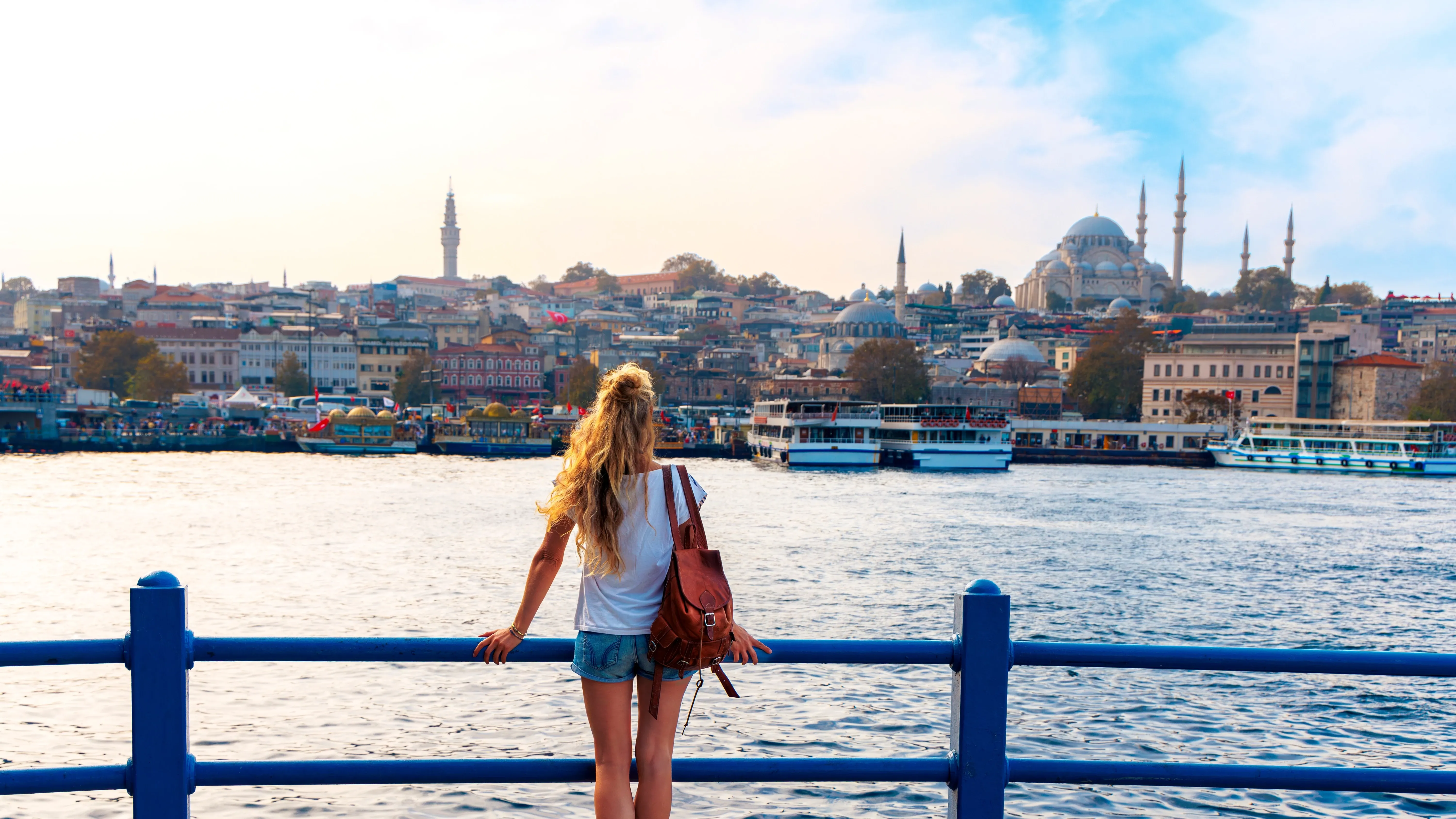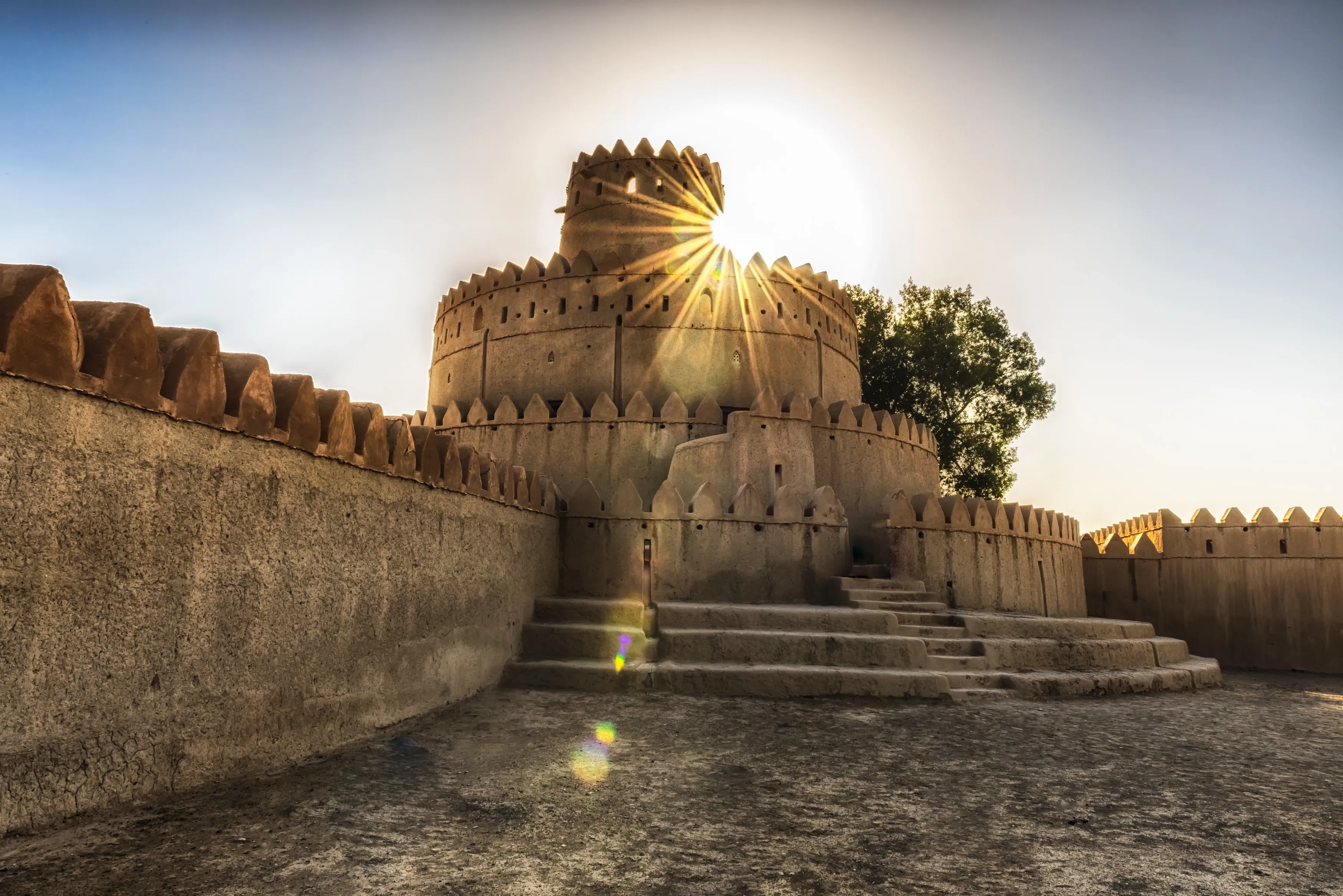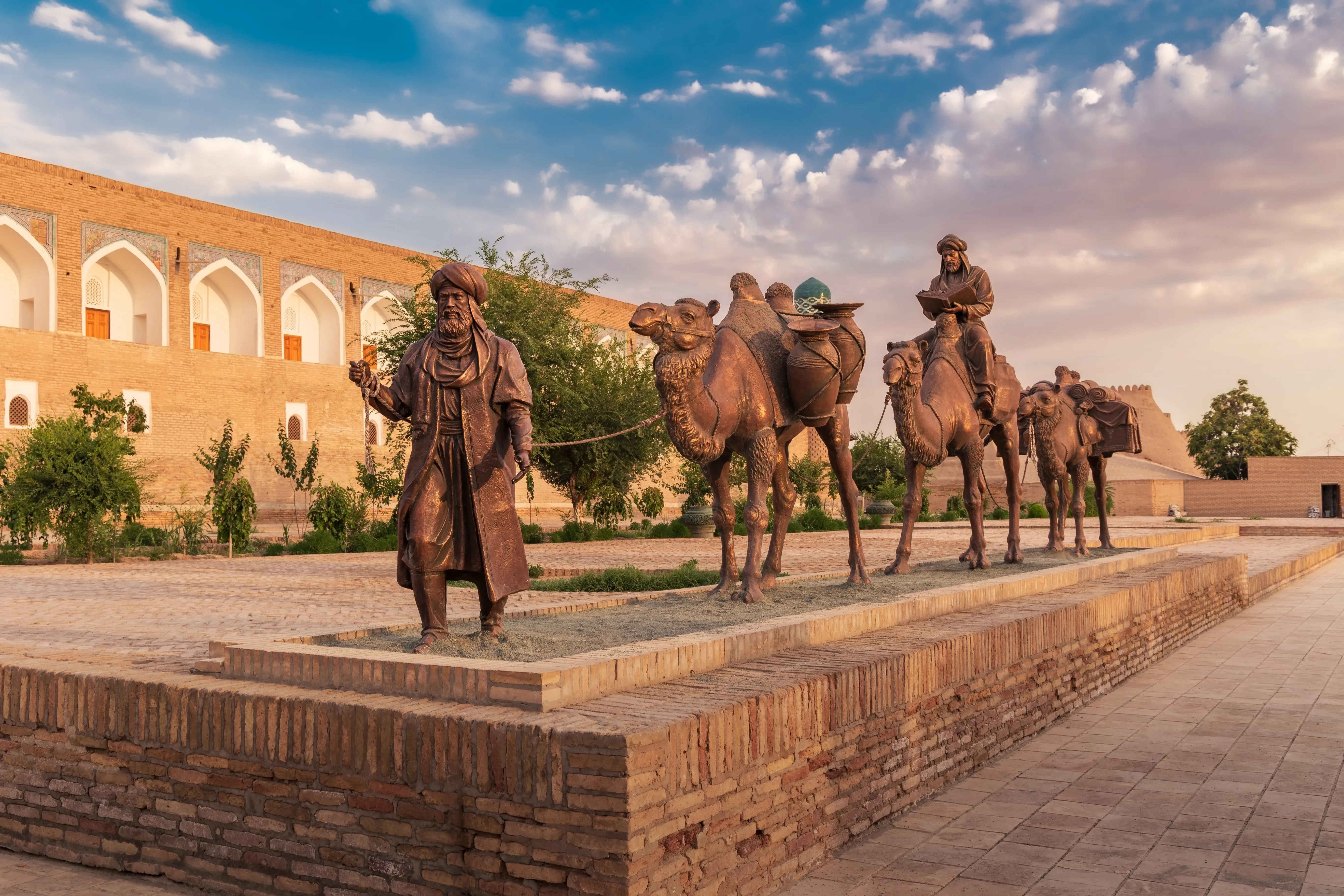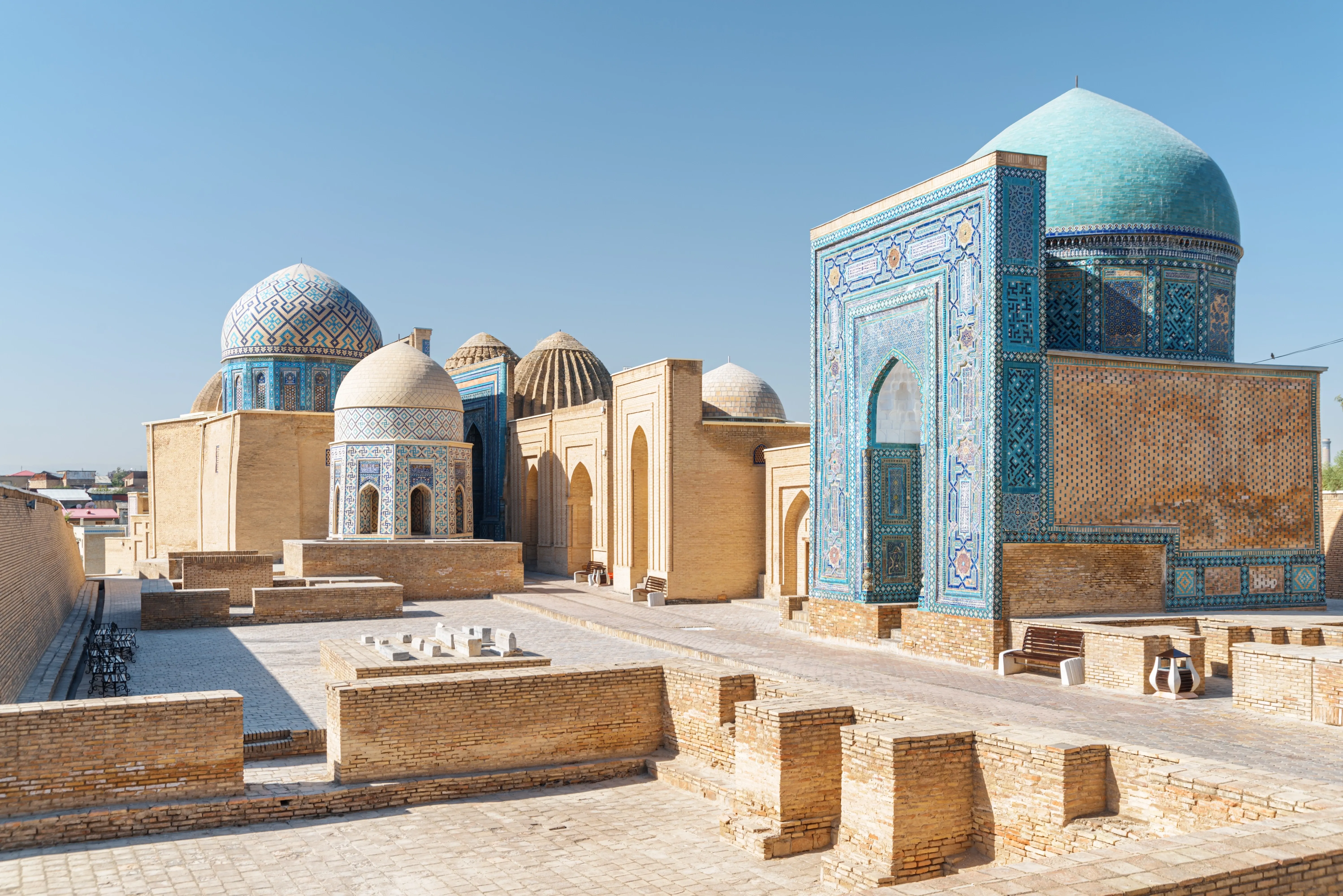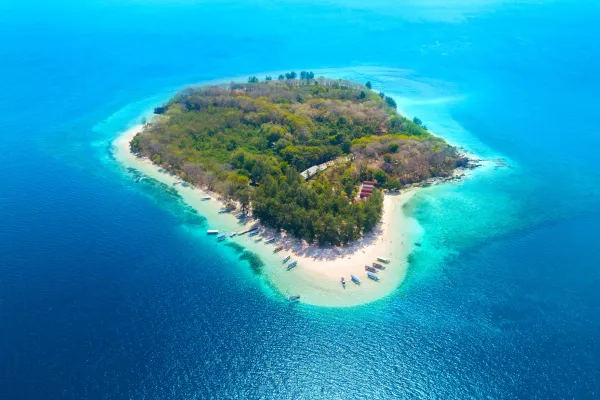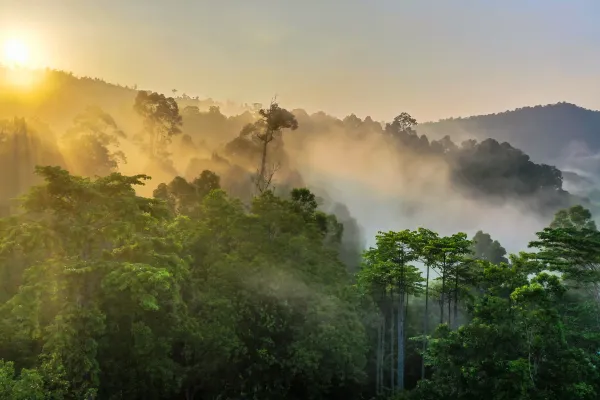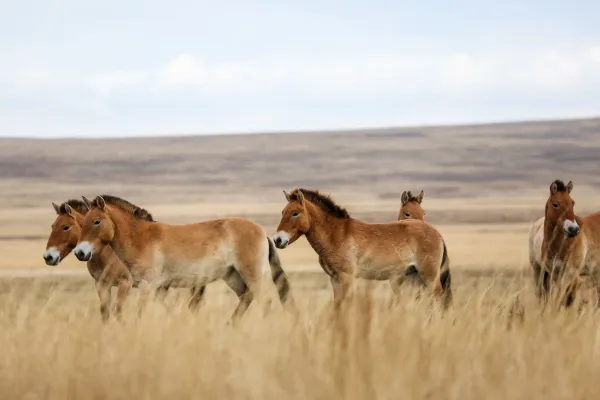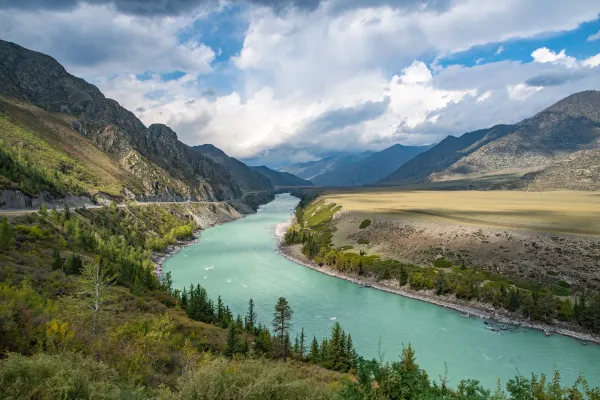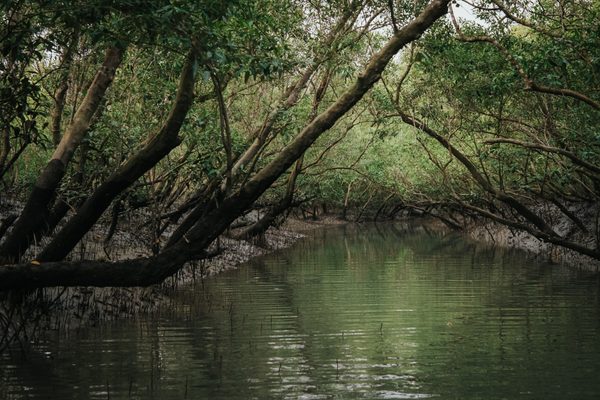Tracing the Silk Road
Journey back through time with a trip along the Silk Road, renowned for being an ancient network of trade routes between the East and the West.
The Silk Road shaped modern civilisations as merchants, explorers and scholars followed the paths that wound between cities and more remote towns and villages, trading goods and knowledge along the way.
Stretching from Europe to China, the Silk Road isn’t a single road, but rather a collection of routes commonly travelled for some 1,500 years.
Exchanges along the routes involved much more than physical goods and the sharing of cultures, religions and ideas along the Silk Road contributed hugely to the development of the civilisations across Europe and Asia we know today. So let's trace the Silk Road and learn more about its history.
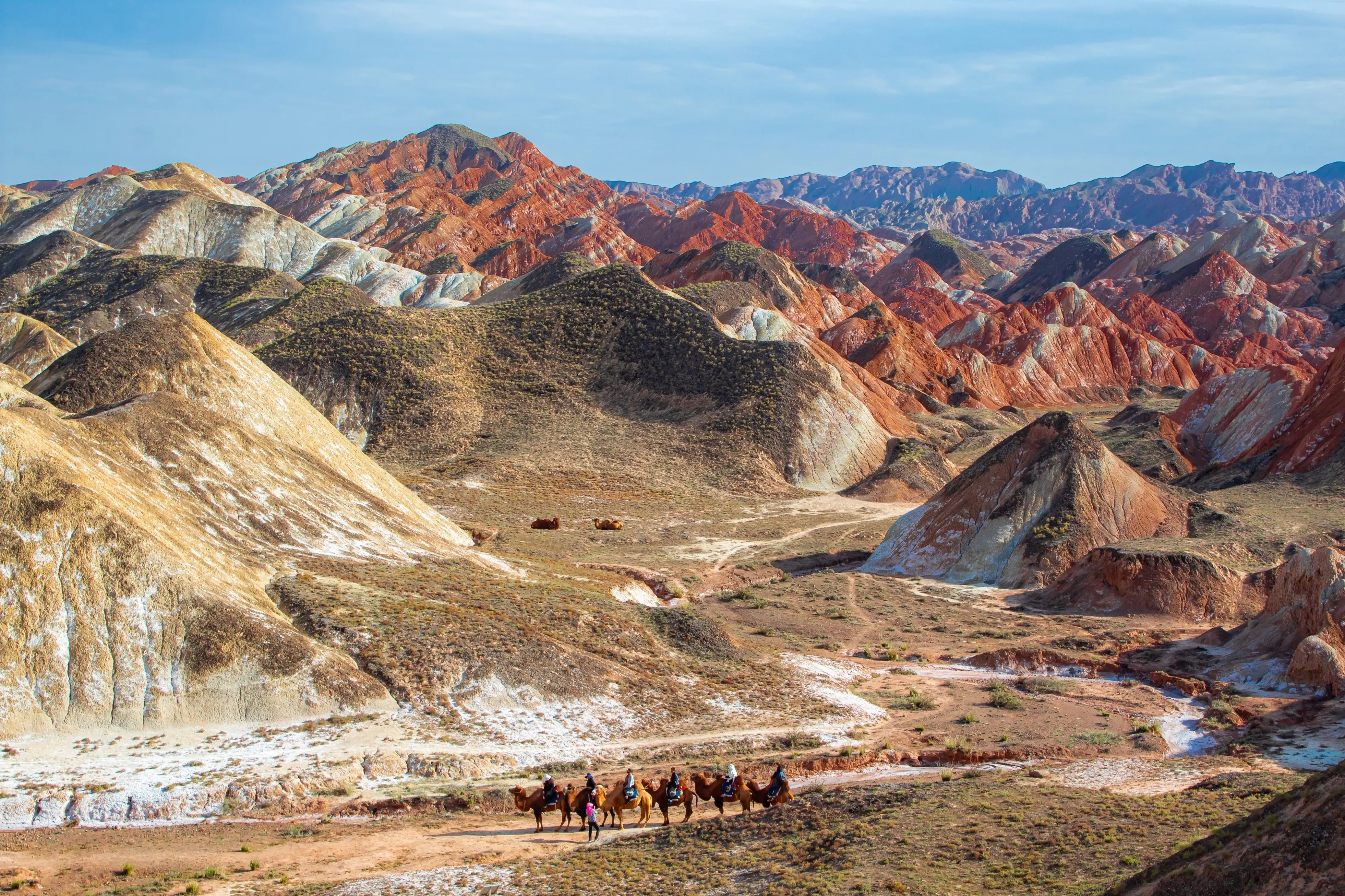
A journey along the Silk Road today
Tracing the route in the modern day promises a journey rich in history, culture and adventure. Follow the footsteps of ancient merchants and experience the changing landscapes along the way.
Visit the many ancient cities and remote outposts that they would have stopped at on their journeys, and find glimpses of the cultures and traditions that have become embedded into the nearby communities today. Throughout the network spanning thousands of miles, visitors will cross deserts, mountains, oases and vibrant cities.
Today, travelling the Silk Road involves careful planning and flexibility, but will be an unforgettable adventure. There are various routes you can choose from, so begin by identifying the countries and destinations you want to visit, before looking into the practicalities of travel, like visa requirements and timing with the climate in mind.
How to travel the Silk Road
There are many more options for transport, too. For a whistlestop tour, it is easy to fly between major cities along the route. For a slower, more environmentally conscious trip, consider travelling by train, bus or an eco-friendly rental vehicle.
A number of tour operators offer organised small group trips along the Silk Road routes, so check those out if you are looking for a social experience and are happy to pass most of the organisation over to the experts.
Travelers considering a journey along the Silk Road today should be mindful of visa requirements, safety concerns, health precautions, cultural sensitivities, language barriers, infrastructure limitations, altitude and climate variations, and the importance of respecting cultural heritage sites.
Cities to explore
As more and more people travelled along the Silk Road, cities grew alongside the ports and markets that punctuated the network. A tour of the Silk Road wouldn’t be complete without stopping at some of the many bustling city hubs that were hotspots for trade and human connection. There are tonnes to choose from, but here are some of the top cities not to be missed.
Beginning in the west, don’t miss Turkey’s capital, Istanbul, where history comes alive in vibrant markets and bustling streets. Venture to Cappadocia to explore an unusual landscape of towns set among unique rock formations, with ancient caves and rocks known as fairy chimneys rising from the ground in every direction. Burrowing some 85m below the region’s surface lies an ancient city called Elengubu, which was in use for thousands of years before being abandoned in the 1920s.
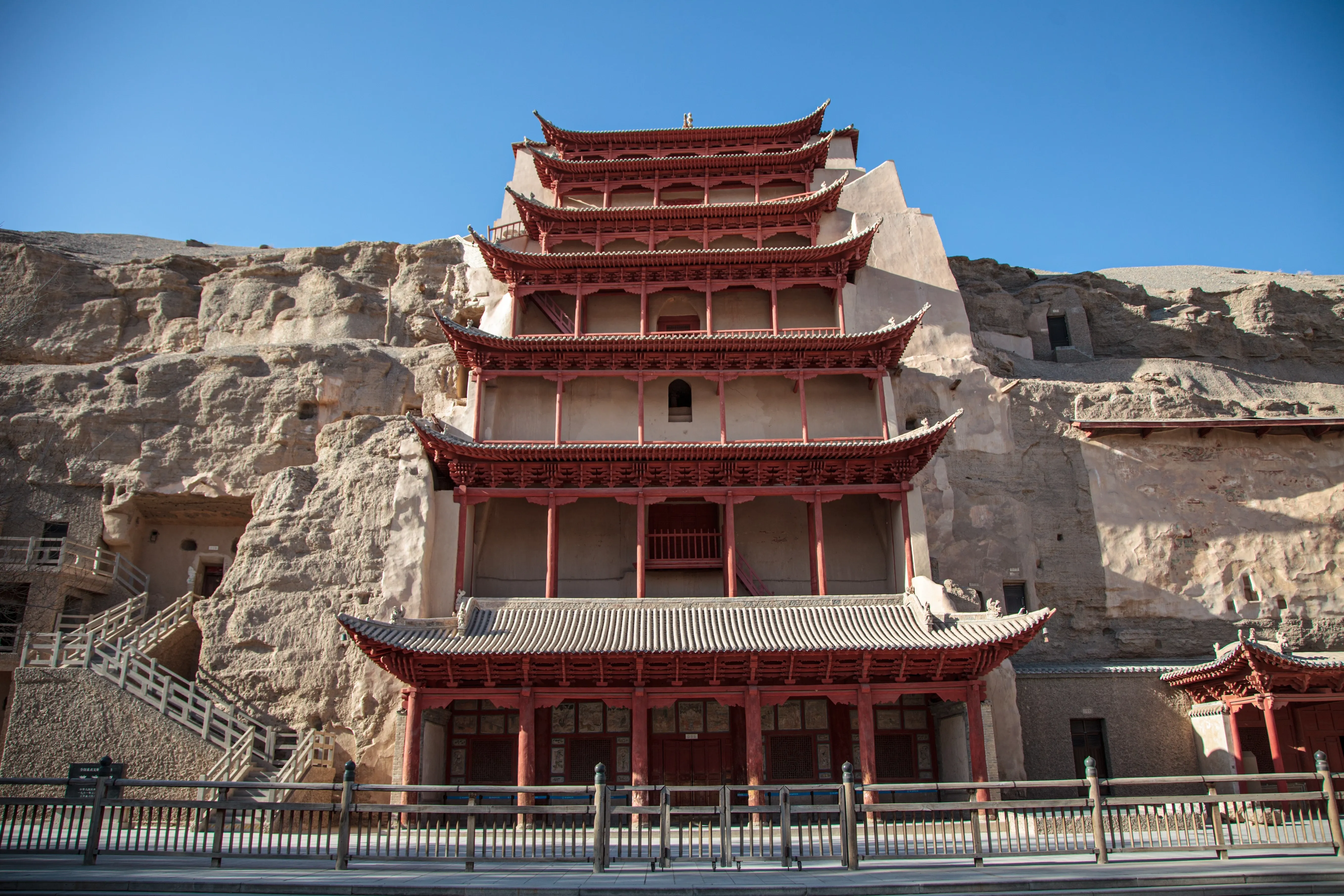
Further east, don’t miss Uzbekistan’s Samarkand, which is a UNESCO World Heritage site teaming with Silk Road history; the city is one of the oldest continuously inhabited cities in Central Asia. Uzbekistan is also home to Bukhara, known for its bustling bazaars, and Tashkent, where the region’s rich history combines with modern culture.
Toward the eastern end of the Silk Road, journey to the edge of the Gobi Desert to visit Duanghang - the first trading town travellers from the west would reach, and home to the renowned Mogao Caves, carved into the cliffs by Buddhists in the 4th Century AD. Last but not least, visit Xi’an in China, where the Terracotta Army and ancient city walls lie in wait.
Adventures in nature
The cities are oozing with history, but much of the Silk Road is surrounded by vast swathes of untouched nature. Head out of the cities and into the mountains, valleys and deserts as you travel along the network to appreciate the very same views that our ancestors would have admired as they traversed the Silk Road trails.
In Tajikistan, head for the Pamir Mountains, known as the ‘Roof of the World’; travel on one of the world’s highest roads and explore the region’s stunning peaks, valleys and alpine lakes. Across the border into Kyrgyzstan, continue an exploration of remote mountain scenery, passing ancient forests and colourful meadows through the Tien Shan Mountains. Don’t miss Kyrgyzstan’s world-renowned alpine lake, Lake Issyk-Kul.
Venture into Mongolia for landscapes unlike any other. In western Mongolia, traverse rugged peaks in the Altai Mountains, where local people still hunt with eagles, and move towards the Gobi Desert - one of the most remarkable landscapes on the planet, with impressive sand dunes and tucked-away oases to discover.
Top tips for an eco-conscious silk road trip
- Look for sustainable accommodation options along the route, like homestays and eco lodges run by local people.
- Support sustainable tourism initiatives as you go - if you’re taking tours, choose providers that have responsible travel policies and support local communities.
- Choose wildlife experiences carefully, and avoid any that involve close contact with animals, like riding elephants or photo opportunities with wild species.
- Take care to conserve water in the more arid portions of the Silk Road, where water is a particularly precious resource.
- Respect local cultures and be sensitive of traditions, religions and protecting ancient sites.
An unforgettable journey through time
Connect with both ancient history and timeless natural beauty on a modern-day trip along the Silk Road. The journey promises a varied itinerary crossing multiple country borders and cultural hubs, including some of the most historically significant cities in the world. There is lots to see and do in the urban hubs, but the region’s natural sights are equally impressive and unusual.
Tread in the footsteps of thousands before you through rugged mountain ranges and wide-sweeping deserts. Take a dip in crystal clear alpine lakes and find peace in ancient forests as you move across the varying landscapes along the Silk Road’s wilder stretches. Whatever route you opt for, a trip along the Silk Road will provide unforgettable experiences and memories steeped in people, history and nature.
Sign up for the newsletter
By clicking on “Subscribe now” I will subscribe to the Conscious Explorer newsletter with all the information about mindful travel. Information on the success measurement included in the consent, the use of the shipping service provider MailChimp, logging of the registration and your rights of revocation can be found in our privacy policy.
